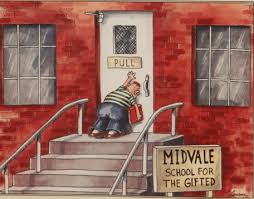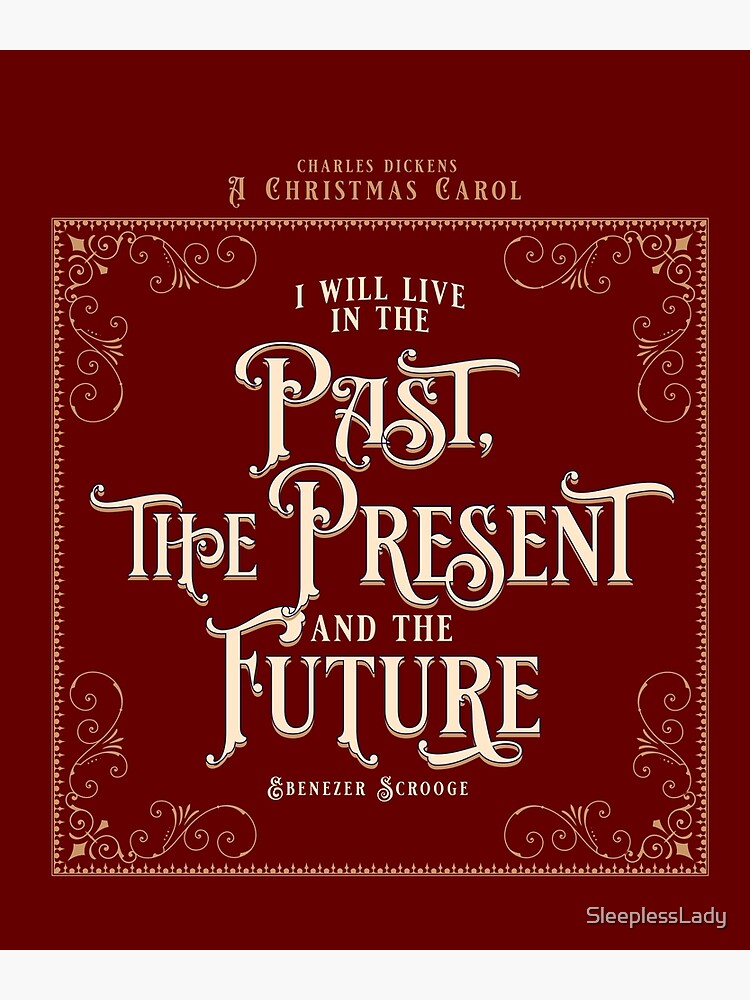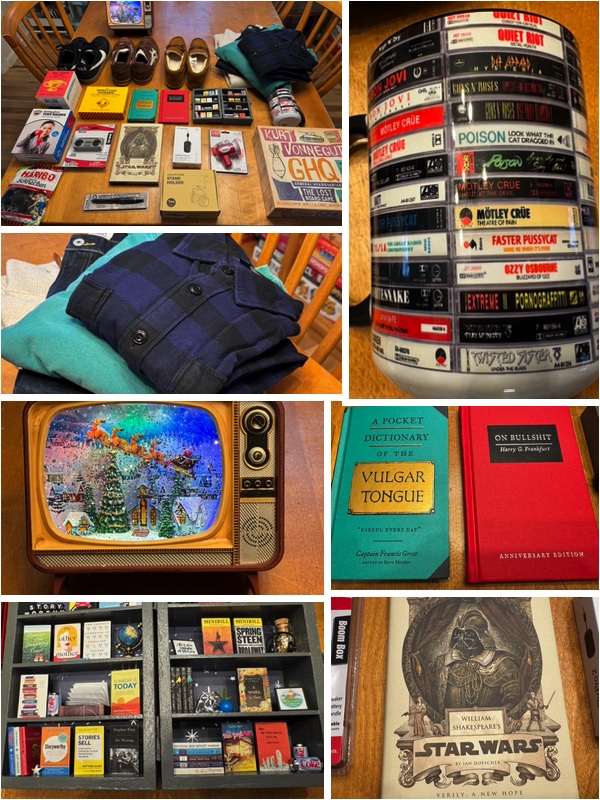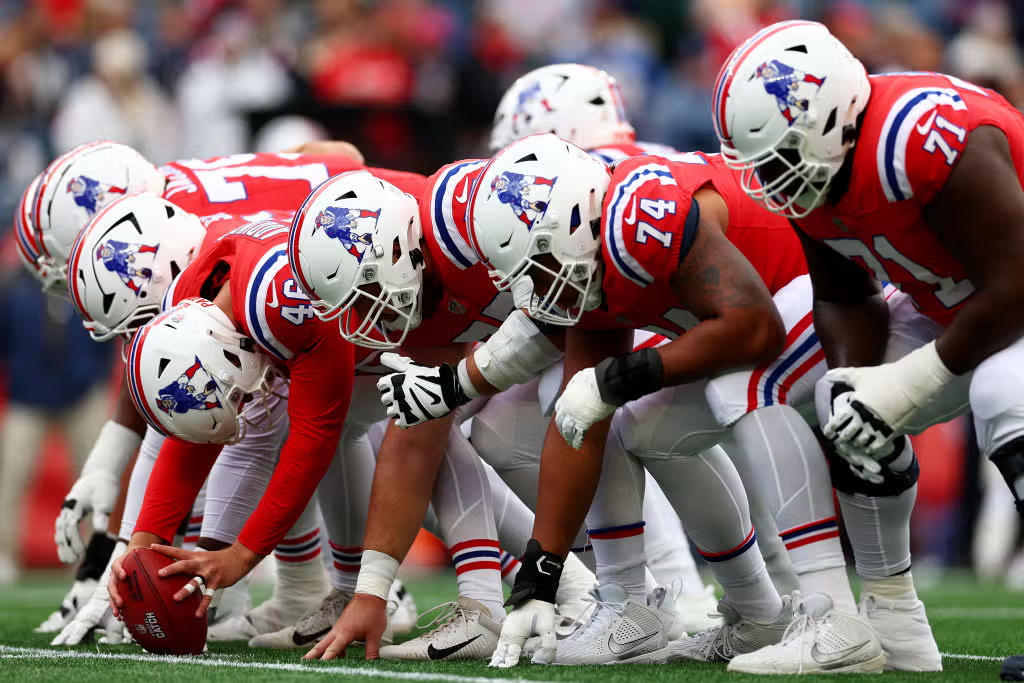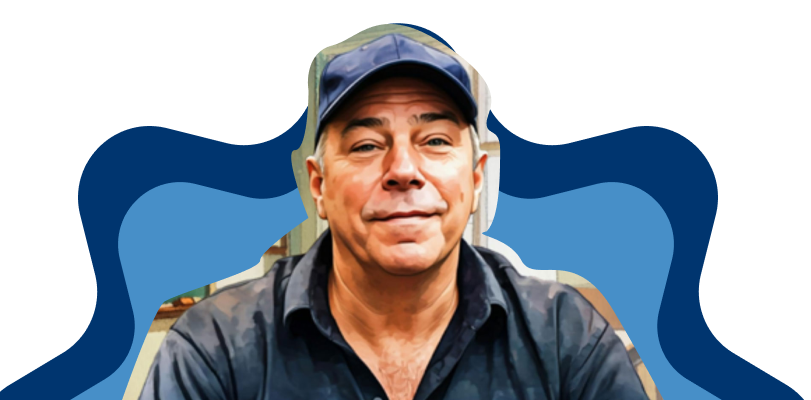I’m sitting in seat H1 as the lights come up for intermission for “Jekyll and Hyde” at the Hartford Stage.
Mr. Hyde has just committed another murder onstage. I turn to ask Charlie what he thinks when I hear a thump. I look right and see a woman lying in the aisle beside me, splayed across three steps. A man — maybe her husband — moves quickly, leaning over her, asking if she is okay.
Two ushers approach to help.
Clara sees what has happened and wants to move. Anxiety takes over. She stands. She can’t exit the row via the aisle because the woman is blocking it, so she looks left. She’ll need to get past a row of people, but it looks like she can climb over a rail and exit the aisle on the other side.
Elysha agrees to take her.
I consider doing the same, but I don’t need to use the restroom, so making the trek seems unnecessary. I’m sure the woman is fine—she probably just slipped and fell.
A minute later, an announcement is made: “If there is a doctor in the house, could you please come to the center aisle?”
It’s more serious than I thought.
And because we’re at the Hartford Stage, there isn’t a doctor in the house.
There are at least 29 doctors in the house.
They descend upon the center aisle, and soon, one of the doctors asks the rest to clear the scene.
Now Charlie is looking—staring —and I don’t want him to. The woman is about two feet to my left. I could touch her arm with ease, so I don’t want Charlie staring, violating her privacy.
I also don’t want him watching if something is going south.
I hear someone say the paramedics are arriving.
It’s getting more serious by the second.
I consider following the same path as Elysha and Clara. It might be wise to move Charlie away from this situation.
Then I have the answer.
I remove my phone from my pocket, open the browser, type “Far Side” into the address bar, and up pops a series of Gary Larson’s “The Far Side” cartoons. Charlie and I love these cartoons. I have Larson’s complete set of works at the house. His comics are funny, but they often require effort and discernment to identify the humor.
They are distracting.
I considered pulling up the Celtics game, which Charlie and I also love, but basketball games have stoppages in the action—fouls, timeouts, and commercials. I need something that will keep us focused.
The Far Side is perfect.
The first cartoon is labeled “Inconvenience Store.” The picture shows a store where every item is 20 feet off the ground on shelves no customer would reach.
Charlie laughs. I do, too.
The next is a picture of Midvale School for the Gifted. A boy is pushing hard on a door to the school marked Pull.
Charlie laughs again.
The next is a picture of the devil telling a man in Hell to decide between two doors. One is marked, Damned if you do,” and the other reads, “Damned if you don’t.”
It takes him a second, but then he gets is and smiles.
We’ve seen these comics before, but they never get old.
Charlie is also like Elysha:
He doesn’t remember movies, TV shows, books, and Far Side cartoons well. Once he sees something, it leaves his brain, allowing the next experience with the same content to be like the first.
They are like goldfish in this way.
As doctors treat the woman, paramedics arrive to assess her condition and debate moving her off the stairs and into the upper lobby. Commotion continues. Questions, vitals, and treatment ensue, but Charlie is lost in Gary Larson’s humor.
Thankfully, the woman is okay. An usher later tells me that she may have overheated and was transported to the hospital for tests, but it looks like she will be fine.
The show goes on. More people die onstage. The show ends tragically. Happily, all of the tragedy of the evening is make-believe.
I’ve thought about that moment a lot this week.
Sometimes, amid disaster, chaos, uncertainty, and an inexplicable and outrageous decision by my fellow Americans, there is only so much you can do. You can’t fix everything. You can’t take on the world. You need not — and should not — assume responsibility for forces beyond your control.
Instead, we must focus on what we can do. Focus on the people we love most and the people who we see every day. Focus on the small but significant ways we can make the world better every day despite the larger, more frightening scenario around us.
In the theater that night, a potentially disastrous moment was taking place within arms reach, but there was nothing I could do. Medical professionals were on hand, helping in ways only they could, so I did what I could:
I took care of my son, ensuring that he didn’t witness something potentially tragic. I found a way to keep him distracted, joyful, and happy. I found a way to make a small difference amid something larger, frightening, and potentially terrible.
It’s all I could do.
Sometimes, it’s all you can do.
The only thing you can do is everything you can do.
Nothing more.
Feel good about that. Feel good about doing your part. Take solace in knowing you’re doing your part.
